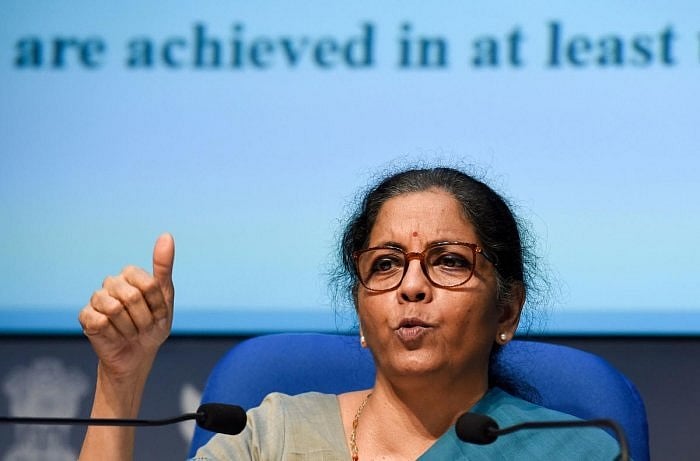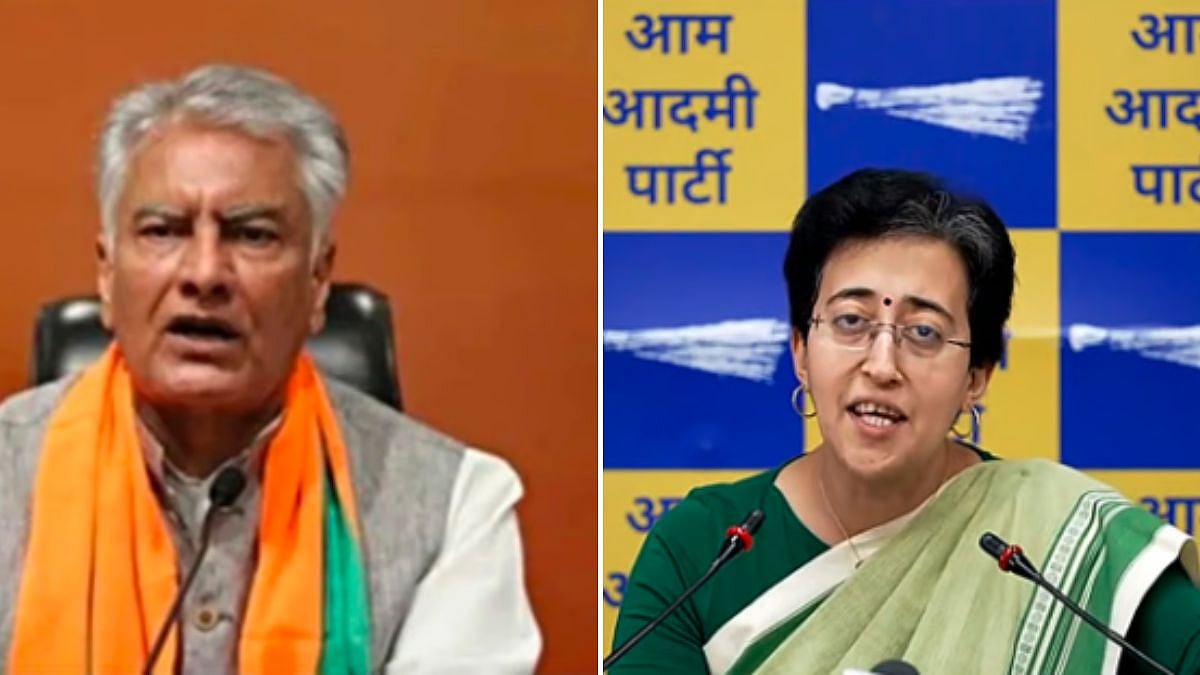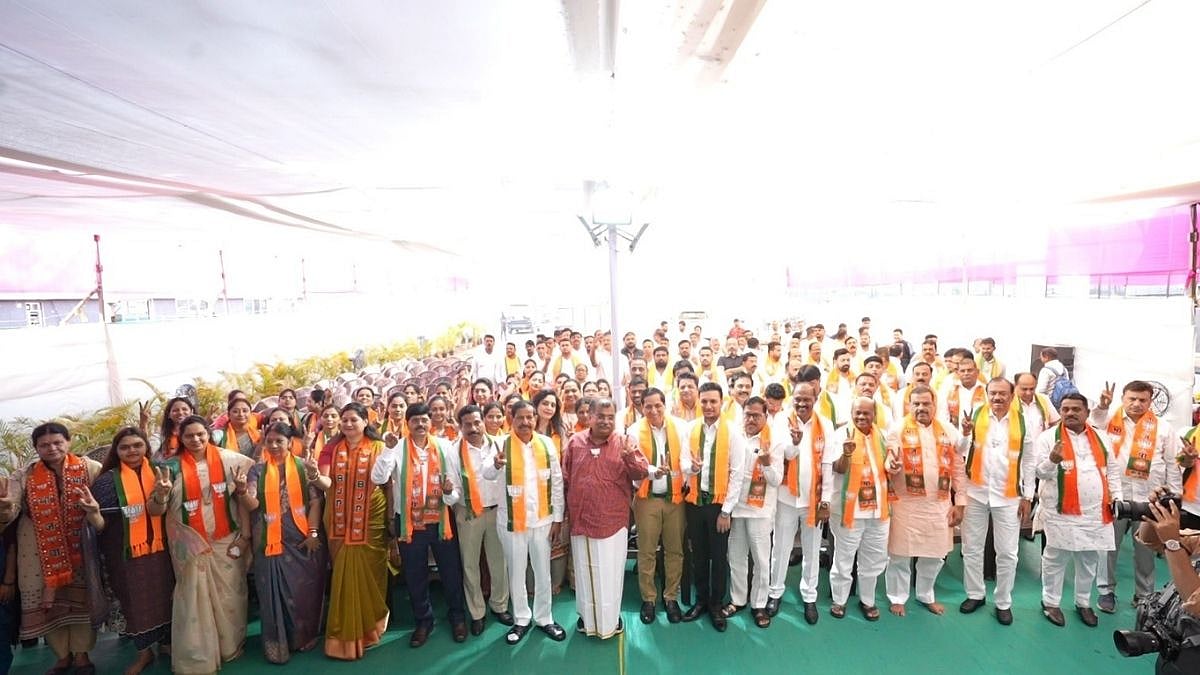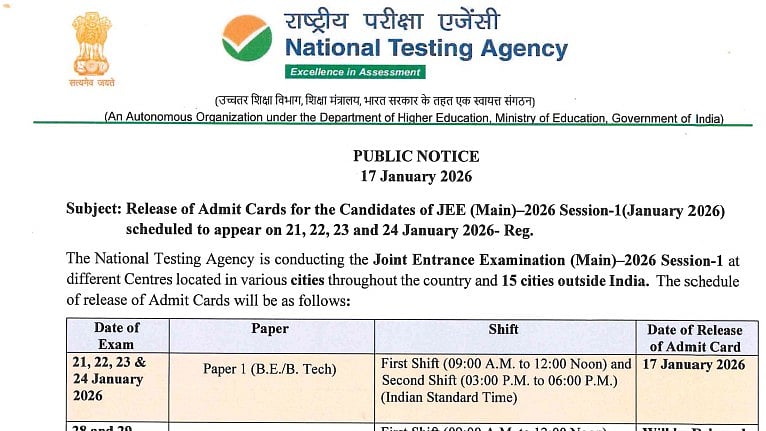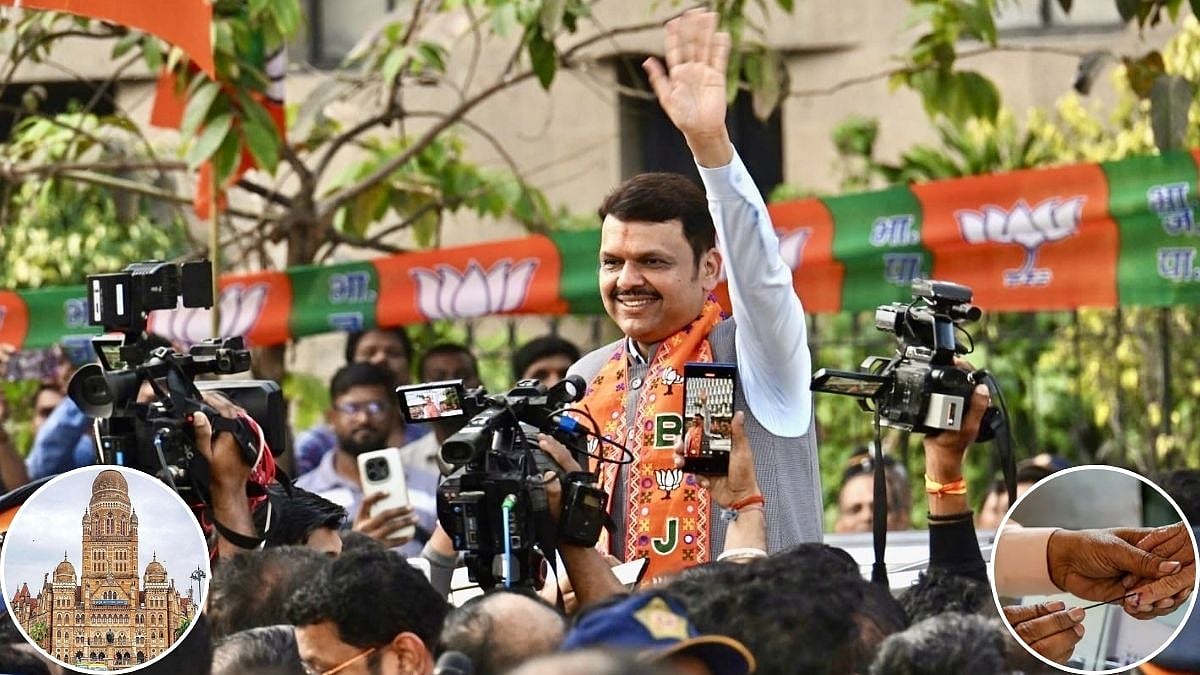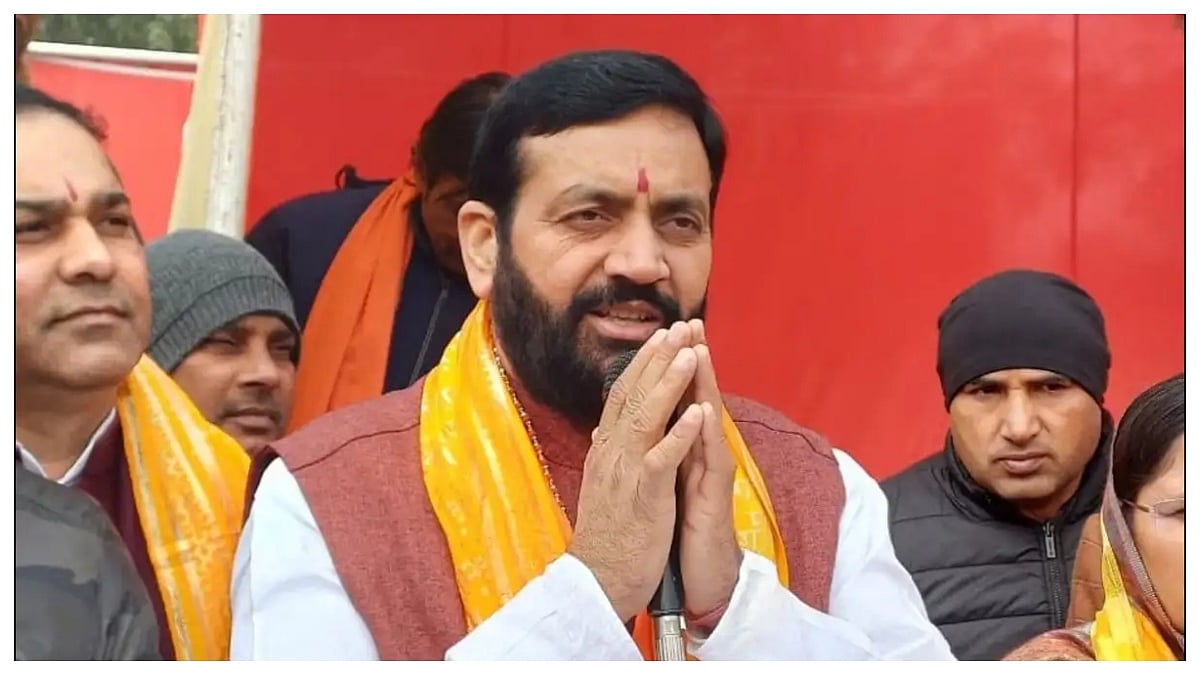The finance minister has indicated that there could be another stimulus programme in the offing. This is interesting because there was one announced sometime ago, just before the start of the festival season, which involved both consumption and investment. The indication of another round is encouraging as it has been felt that a direct fiscal push would help the cause of growth in a more decisive way. The market has been operating on the premise that we have seen the end of policy changes aimed at reviving the economy.
The economic packages so far drawn up by the government have been based on the following underlying principles. First, there is affirmative action for the poor and needy. Second, the environment of doing business has been revamped, to make it easy for companies to operate. Third, the government has, for the first time, provided a guarantee on loans given by the banking system to targeted groups. Fourth, a limited push has been given to capex through the investment announcement made last time for Rs 25,000 crore. Last, the RBI has played a major part in fulfilling the objectives of the government through the provision of liquidity.
So, what can we expect in terms of a stimulus? Going by the ideology of the government based on revealed preference, the approach so far has been to be an enabler of growth, rather than an instrument of growth. Hence the policy set has measures which work towards removing obstacles to growth for any segment or sector but does not directly add to the spending stream.
This is evident in the series of measures announced since March. The attack on the pandemic was in terms of cash transfers and free food to the needy, coupled with an enhancement in the NREGA allocations. The problem with such direct cash allocations is that a hard call must be taken on how long to extend this benefit. While the assurance was given for the entire festival season, at some stage, the government must terminate such programmes if fiscal pressures are high. As the consensus is that growth will decline by 8-10 per cent this year, those in the lower income group would be affected the most and may require sustenance and help from the government for the rest of the year. Hence, there can be more spending by the government on these groups.
The five tranches of policy measures were more focused on the facilitation of economic activity and the most recent measures were quite weak in terms of direct spending. Let us look at what the government announced. First allowing employees to monetise their LTC allowances was not an infusion but an allowance to make use of an existing payout for a targeted purpose i.e. spending on consumer durable goods. The rider that the individual had to spend three times the amount to claim the benefit dilutes the measure, as a Rs 50,000 LTC allowance must be topped with Rs one lakh of one's own funds to avail this benefit. In the present environment of uncertainty, having to comply with such a clause can make the scheme a non-starter.
Second, the loans to states were probably not very high to make an impact. However, the fact that these loans, given for 50 years, could be used to complete existing projects would indicate that there could be no fresh spending beyond what was already there in state budgets and that this measure would help them eschew cutting back on their capex.
Third was the additional spending on projects by the Centre, which is probably what can be called a real fiscal stimulus. The question is, whether this is enough to galvanise a falling economy. Probably not, as this is just 0.125 per cent of the GDP. Anything less than one per cent of the GDP - Rs 2 lakh crore, would not make a dent in the present circumstances.
Hence, the FM’s indication will be watched closely for whether there will be any additional allocations as such to prop up the economy or whether there will be changes in policy approach. Practically speaking, fresh spending can be ruled out. Therefore, it could be more sectoral policy changes which could be charted through the credit stream which involves the RBI. With five months left in the financial year, it looks unlikely that there will be any big bang fiscal stimulus. Tax cuts can be ruled out, given that revenue has slowed down due to the economic shutdown. Higher expenditure on NREGA and food would still be lurking in the back because such schemes may have to be extended, depending on the evolving conditions. The capex plans announced must be implemented and the question is: are there enough projects round the corner?
The writer is chief economist,CARE Ratings Ltd. Views expressed are personal.
